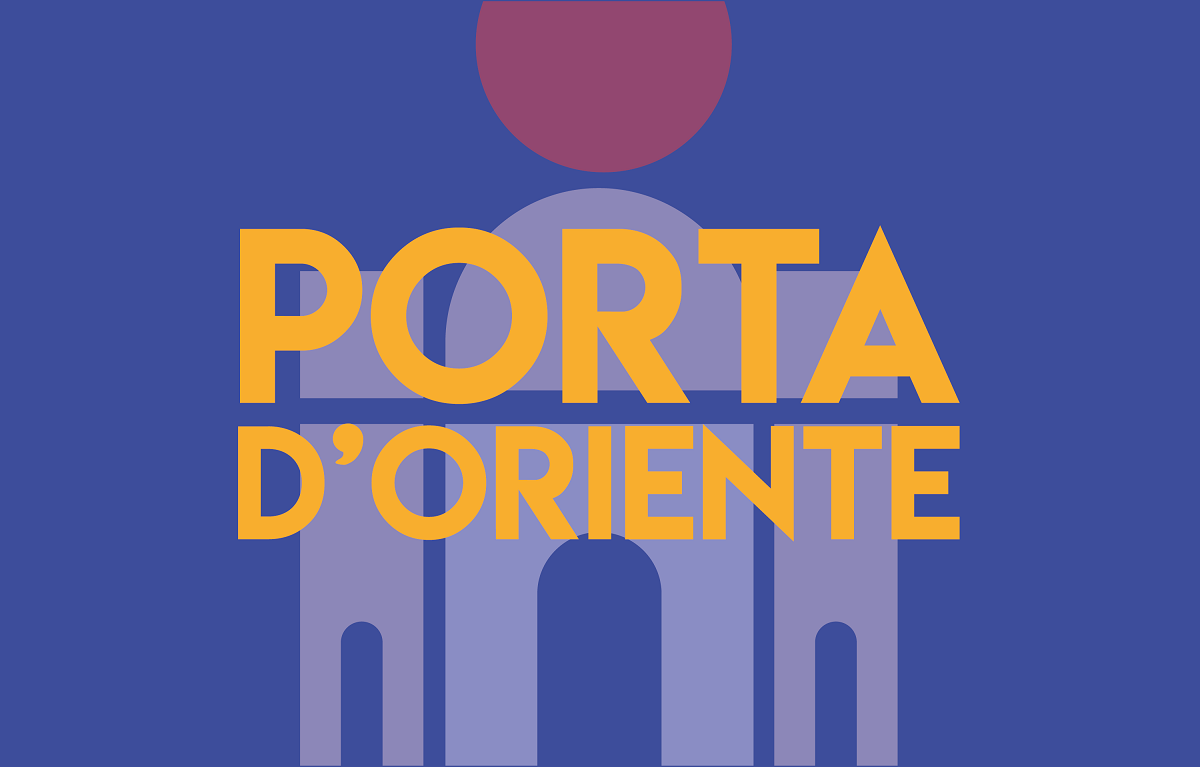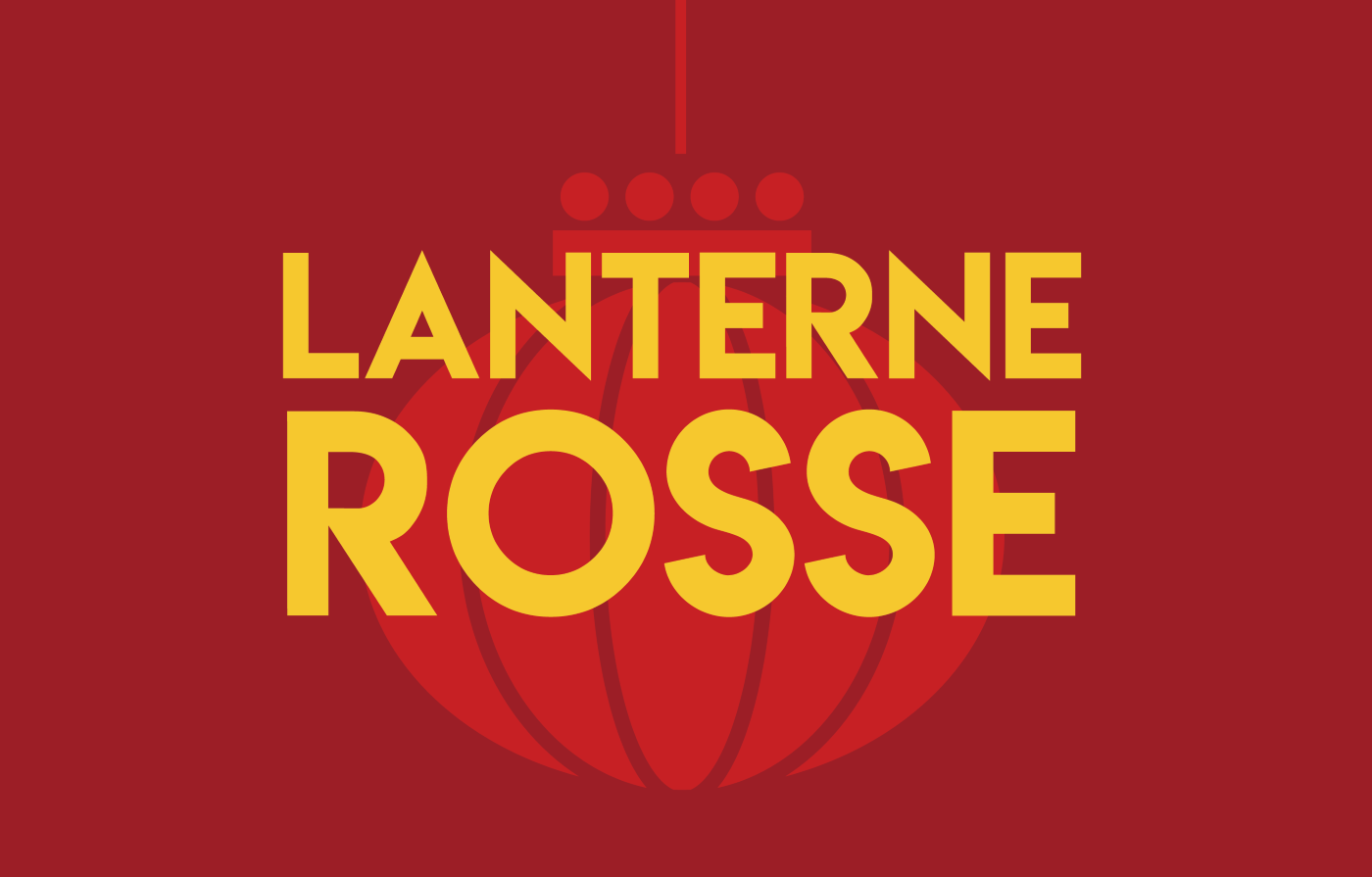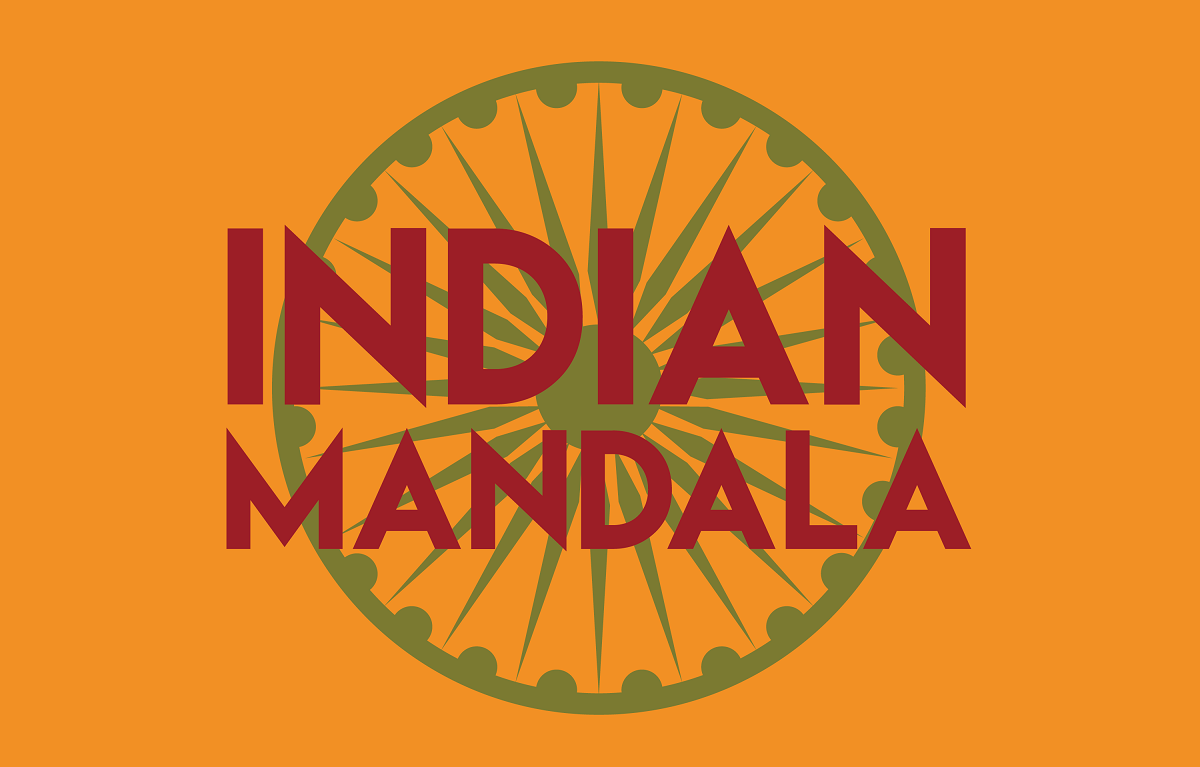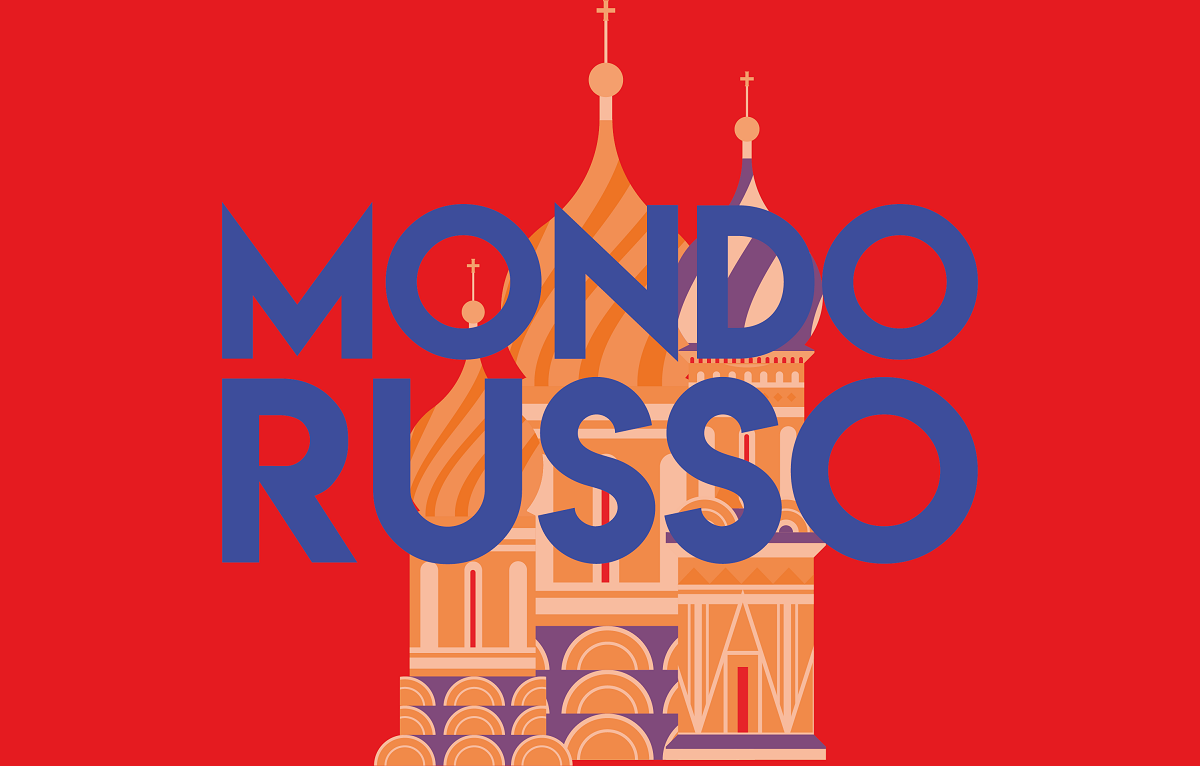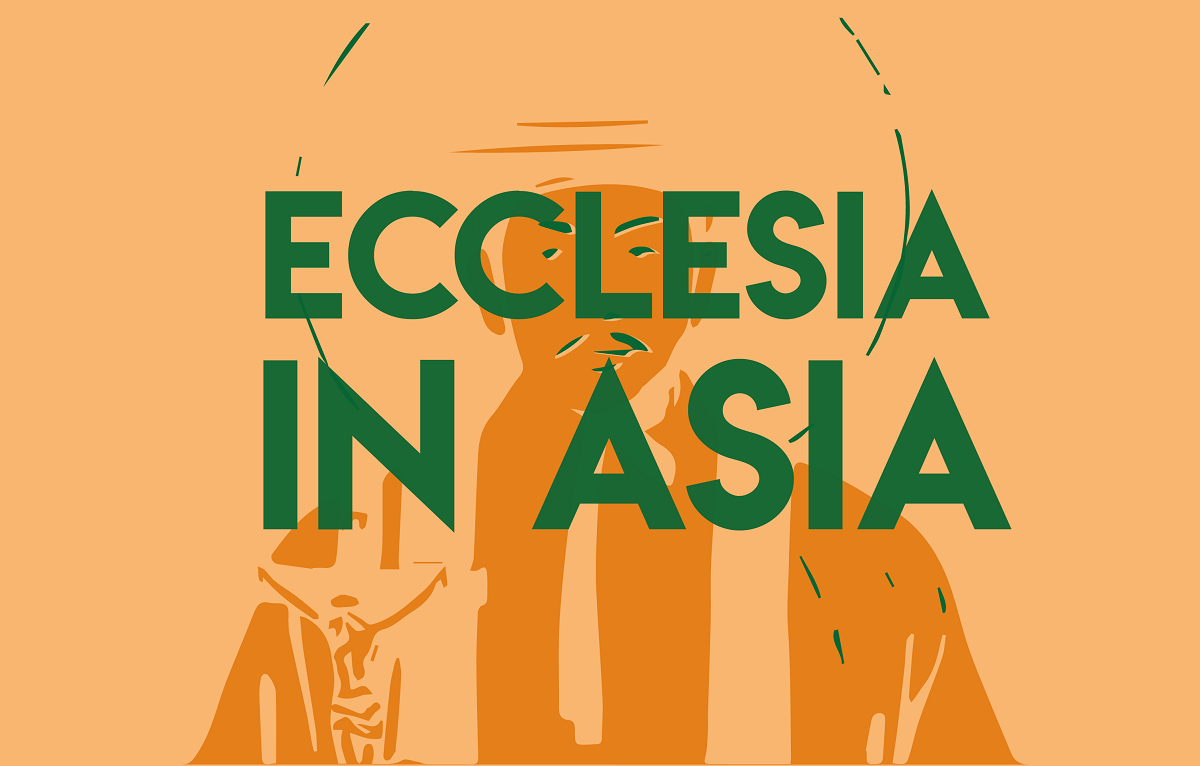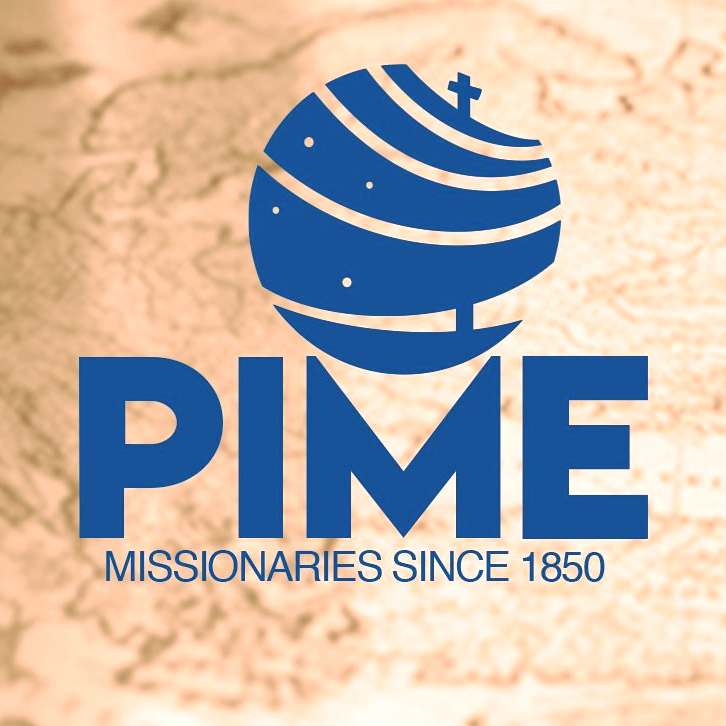From Moscow a patriarch for the third millennium
Moscow (AsiaNews) – The new patriarch of Moscow and of all Russia will be elected at the end of January 2009. It will be a moment of great importance, not only in the history of the Russian Orthodox Church, but also in the universal history of Christianity. In many respects it will be something new, not so much in the election itself[i], but in the circumstances that surround it.
The Patriarchate of Moscow is something of an anomaly in Christian history. Since its establishment four centuries ago it has gone through periods of confusion and has been beset by contradictions. The first patriarch was chosen in 1589 as a result of forceful steps taken by Russia’s rulers at a time when the Ecumenical Patriarchate in Constantinople was in disarray, torn by internal crises. Emancipation from the latter was accompanied by the adoption of an absolutely unprecedented political-religious ideology that elevated Moscow to the status of a ‘Third Rome’, heir to the first two (Rome and Byzantium), with a mandate to realise in apocalyptic way the destiny of Christianity.[ii] Only in the 19th century, following the rise of nationalist movements in Europe, did other ‘national’ Orthodox patriarchates (14 altogether today) assert themselves.[iii]
If the Papacy in Rome (the “Western Patriarchate”) evolved into an absolutist and unchallenged monarchy at the start of the second millennium, Moscow entered history abruptly at the end of the Middle Ages as a quite destabilising and uncontrollable factor, which de facto split the balance between political and ecclesiastic power, and created a world power inspired by political Christianity that still aspires to a role that has not yet been tested.
Orthodox Church and political power
The tight relationship between the Orthodox Church and the state is represented by the ideal of the “Byzantine Symphony,” based on concordance between the two and on their overlapping boundaries.
A new, uncertain phase in this relationship is now starting in Moscow. Back in the 1600s the Patriarchate was a mirror image of Tsarist absolutism, issuing so many arbitrary and despotic alterations (like those of Patriarch Nikon that provoked the great schism with the ‘Old Believers’) that Peter the Great, Russia’s great modernising Tsar, ended up replacing it with a Ministry of Religion in the 18th century.
The total subordination of the Church to state power continued under the Soviets. Even though the Communist regime tried to destroy the Church, it eventually opted to “use” it to guarantee its authority as the tsars had done before. In fact the five “Soviet” patriarchs (Tikhon, Sergius, Aleksij I, Pimen, and Aleksij II) were government officials. Things began to change only with Aleksij II, but will his successor be able to carve a new role for himself?
To better understand what might happen, it would be useful here to look at the context that led to the Council of Moscow and the re-establishment of the Patriarchate in 1917-1918. After the traumatic collapse of the Tsarist regime and the revolutions of February and October 1917, the Council tried to thoroughly renew the life of the Russian Church and failed. During its sessions two positions faced off, one inspired by Russian orthodoxy’s mystical-apocalyptic tradition that saw itself as the “final word’ for historic Christianity; the other informed by the “Slavophile” religious philosophy that beginning in the 19th century led to a “religious renaissance” in the early part of the 20th century, best expressed by intellectuals like Solov’ev, Florenskij, Berdjaev and Bulgakov.
What was at stake was the actual idea of the Church itself as an institution in history and a system of power in relation to its spiritual and communional nature as understood through the Russian notion of sobornost, which is the unity in love generated by the Spirit without compulsion by any authority.
Eventually the Council moved in a “spiritual” direction, imagining a fully “democratic” system of government for Church institutions, including the direct election of bishops and parish priests by the faithful. In fact the Council itself was dominated by the laity, who number 346 against 250 clergymen. But with the Bolshevik takeover, the restoration of the Patriarchate became a priority. In choosing to re-establish the old institution the council sought to unite the Church against the attacks of the atheist enemy, but ended up creating an absolutist entity, almost “papist” in structure, which was eventually tamed and used by the Communists to control the faithful.
Aleksij II’s patriarchate showed all the contradictions that had accumulated over the centuries, especially during the Soviet era. Consecrated bishop in 1961 at the height of Khrushchev’s anti-Church persecution, his career was inevitably shaped by the long history of collaboration with the regime. He was elected to the patriarchate in 1990 when the Soviet Union was on its last leg but not yet dead. Since then the Church has muddled through, uncertain about its status, eventually espousing nationalist and hegemonic views under the Putin regime without solving any of its many internal contradictions.
Kirill and Kliment, “strong” candidates
In addition to Aleksij the other strong figure of the post-Communist period is without a doubt Metropolitan Kirill (Gundjaev) of Smolensk, 62, who has been a bishop since 1976 (elevated at the age of 29. It is no coincidence that he was elected “patriarchal lieutenant” and is seen as a natural candidate to the succession.
In the past 20 years Kirill has shown a traditional habit of seeking compromises with those in power, albeit without the same degree of subordination that prevailed under the Communists. Indeed he played an important role in the political transition of the last ten years, acting as the ideologue and inspirer of the renewed pride in Russia as a Christian Orthodox superpower, standing somewhere between the Protestant-Catholic West, increasingly decadent and secularised, and the emerging East, torn by its many religious fanaticisms.
In many respects Kirill has tried to reintroduce into the life of Russian Orthodox Church some of the principles associated with a “communitarian” and reformist social doctrine, renewing interest in some of the issues raised during the Council of 1917, but so far he has had very few results. No full-blown Council has been called for example, and in 2000, when Russia celebrated 2,000 years of Christianity, all he managed to do was organise a Synod of Bishops.
In opposition to Kirill, some very radical post-Communist positions have emerged within the Russian Orthodox Church. Strongly conservative and spiritually-oriented these positions are against any kind of reform or opening. Especially strong in the monasteries, hotbeds of the most intransigent and often aggressive Orthodox ideas, these views are espoused by many of the youngest bishops who come in fact from the monastic life and are by and large opposed to the more moderate and conciliatory bishops from the Soviet Era.
In the last few years, as Aleksij II’s health deteriorated and the issue of his succession came to the fore, a lot has been done to find an internal balance between the various souls of the Orthodox Church, especially between its two main factions, reformist and conservative (a division which partly reflects the old Russian dichotomy between Westernisers and Slavophiles)
Metropolitan Kliment (Kapalin) of Kaluga, 59, embodies this balance. Appointed bishop in 1982 at the age of 33, he started out sharing Kirill’s views (he was his deputy secretary of state) only to become the representative of the most conservative circles within the Church after he became the Patriarchate’s chief administrator (the Church’s interior minister whilst Kirill remained in charge of external relations).
At the start both Kirill and Kliment appear as “strong” candidates, leaving the older metropolitans (Juvenalij of Krutitskij, Vladimir of saint-Petersburg, Filaret of Minsk and Volodymir of Kiev) as potential alternatives but with few chances of getting elected. However, this “two-horse” race runs the risk to fail to fully tackle the situation, with so many variables still unclear.
Election uncertainty
First of all, the election process has not been fully set up yet. Quickly off the mark to avoid discussions and their unpredictable consequences, Lieutenant Kirill ha been trying to recreate at least in spirit the participatory atmosphere that existed during the 1917 Council, opening all the categories of the ecclesiastic corps to the delegates.
The election of the new ¨Patriarch is set to take place in Moscow’s Saint-Saviour Church, in a local Council scheduled for 27-29 January 2009, followed immediately (1 February) by his enthronement.
Some 700 delegates are expected. They will represent the Church’s 156 dioceses (a clergyman, a monk and a layman each) and overseas Russian Orthodox communities. Some delegates will also come from the Patriarchate’s seminaries and female monasteries.
Delegate lists were closed on 15 January. On 25-26 January the Synod of Bishops will release the list of candidates. The process is coordinated by a 29-member commission that includes clergymen and lay people. But how the patriarch will be elected is not known yet.
In 1917 three candidates were selected and one was randomly picked. The more conservative circles of the Church prefer this choice.
In 1990 the patriarch was chosen after a runoff ballot between two candidates, all under the attentive gaze of the Soviet minister of religion.
At present the process has not been fully finalised. Every detail is being vetted in terms of the balance between the two leading candidates.
What is certain is that the election will be quite original, freer and more democratic than previous ones, despite political interference and the pressures of public opinion. This makes it a unique experiment that non Orthodox might well want to follow in order to see how new ecclesiological models might influence the development of ecumenism.
Moreover we must also take into account the possibility that the Council’s various factions might make unexpected choices, picking someone from the 40 lesser known Russian metropolitans.
The fact is that monastic delegates are the least controllable of participants because they are under the sway of confidential and more authoritative instructions issued by their spiritual fathers (startsy) who, according to the Eastern tradition, are even more important and effective than the hierarchs, and who are inspired by very hard to interpret charismatic visions. Some of these fathers are in charge of thousands of monks outside the official institutions, and their authority could influence the laity and some clergymen even if monks are not expected to be the majority on the Council.
Ukraine and political power
The Ukrainian delegation to the Council is another important factor. Although the Orthodox Church is divided into various branches in the Ukraine, the pro-Moscow faction is still well-endowed in terms of dioceses and monasteries and will thus have a certain impact on the overall number of delegates (Ukraine was the birthplace of Russian Christianity). It is expected to try to steer the Council towards a candidates that will guarantee the Kiev Exarchate maximum authority (certainly not Kirill, and not likely Kliment). To allay any doubts as to their intentions, the Ukrainians have already put forward their own metropolitan, Volodymir, as a possible “national” candidate; some of them going so far as to suggest that Aleksij II left a will that could influence the election of his successor.
Lastly, as might be expected, everyone is wondering who the Kremlin (especially Putin) will back. Until now Russia’s leaders have entertained a privileged relationship with Kirill, but they might think twice about supporting him because of his great activism, and prefer instead Kliment, or even a more pliant outsider.
Ultimately should the powers-that-be decide to steer the election in one direction or another, it will be pretty hard for the Holy Spirit to elude their embrace.
[i] Some 20 patriarchs have headed the Moscow Patriarchate since the end of 16th century, including two “patriarchal lieutenants”.
[ii] “A fourth [Rome] there shall not be,” reads the prophecy by monk Philotheus, written in the mid-1500s.
[iii] It must be said that patriarchates are not clearly defined institutions. Set up in the Patristic Era when the Council of Chalcedon in 451 AD sought to elevate the role of the Roman Empire’s eastern capital to that of a “Second Rome”, alongside the first one and the three “historic” patriarchates of Jerusalem, Antioch and Alexandria (already on the decline by then) in accordance with an idealised image of the Pentarchy, the five fingers of the hand that hold the helm of the Church. In fact the relationship between the patriarchates was diarchic, mirroring the geopolitical division of the Roman Empire into two parts, an image that survived as a “classic” archetype in universal political theology.
14/10/2019 09:15






.png)
